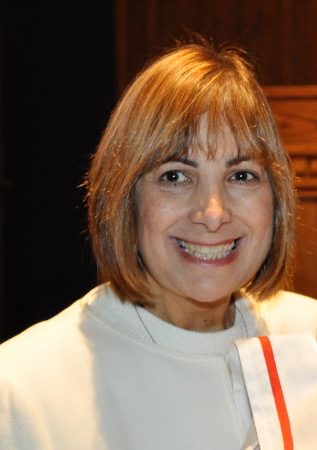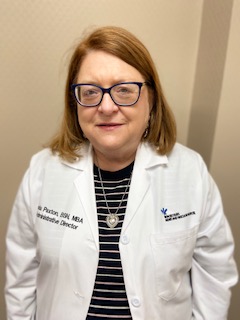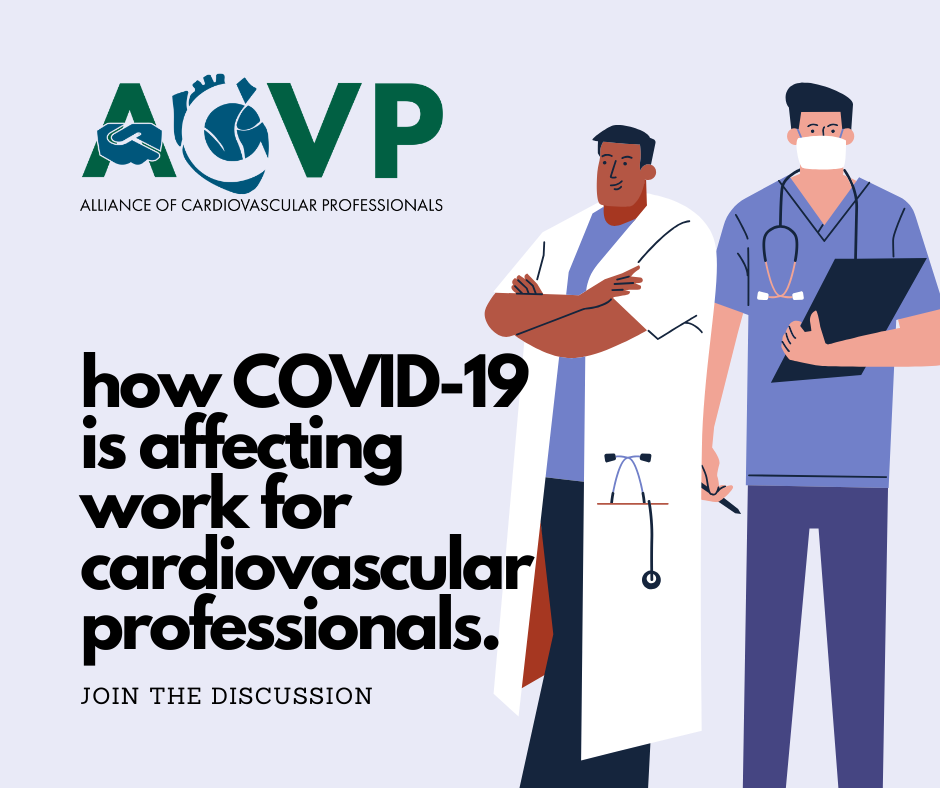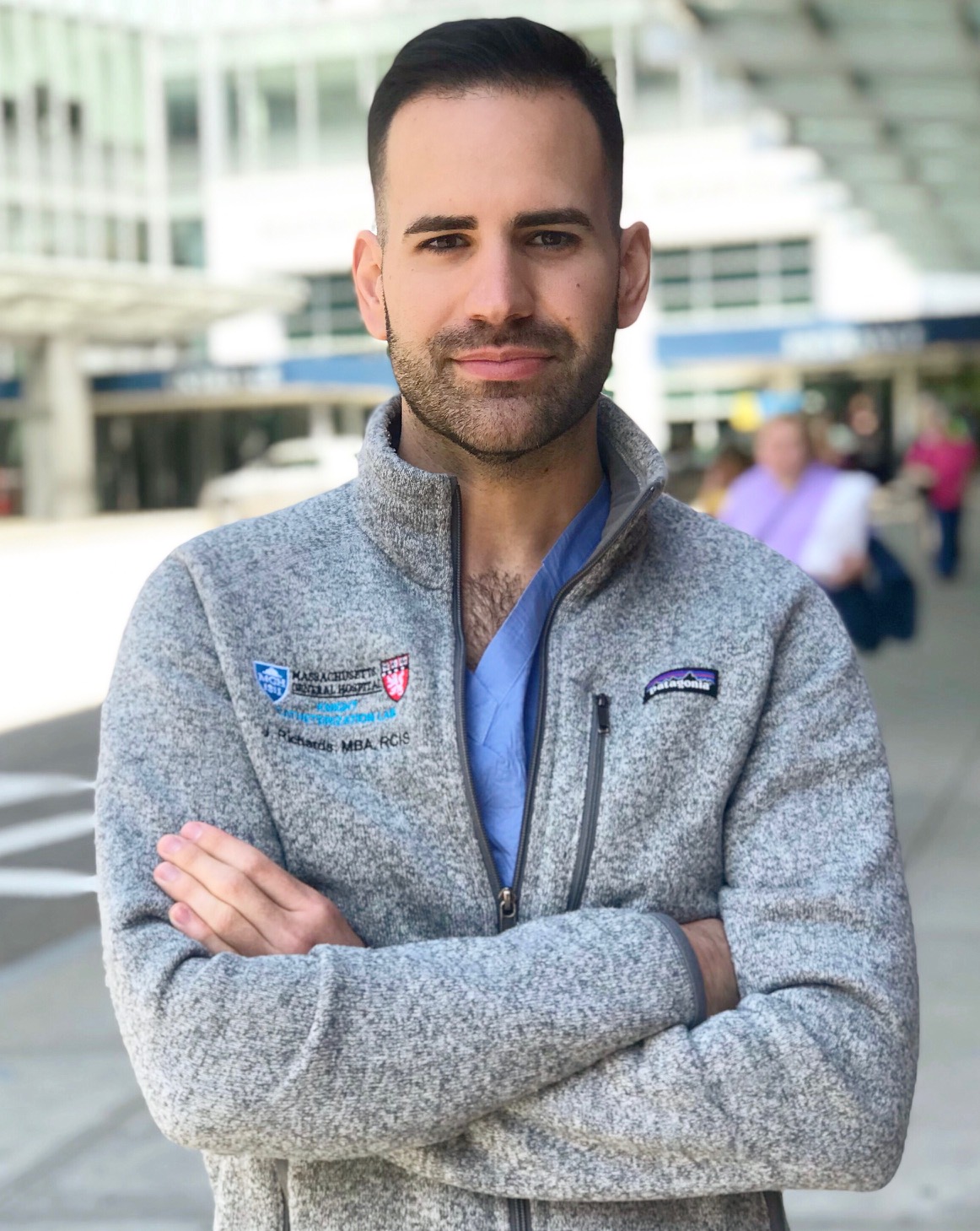It's an overwhelming and busy time for every one—especially for our cardiovascular professionals who are doing their best to provide high quality care as hospital resources are diverted to containing the COVID-19 pandemic. At the Alliance of Cardiovascular Professionals, we reached out to some of our fellows and leaders to offer insight into how COVID-19 is affecting work for cardiovascular professionals, how different organizations are handling the crisis, and what the future holds for cardiovascular professionals.
If you'd like to know about ACVP's own response to COVID-19, you can find that here.
We are particularly thankful to new fellow Jeff Richards, MBA, RCIS, FACVP, who made the time to provide us with the following, detailed response to kick off discussion among our entire network about how COVID-19 is affecting work for cardiovascular professionals.
If you have a spare moment, please tell us how COVID-19 is affecting your work!
As an RCIS in a very busy Cath Lab, my workflow has changed dramatically. Our lab went from doing twenty-five to thirty cases a day to less than five procedures. The Cardiology team has been diligently working to comb through patients and are only bringing to the lab individuals who are deemed urgent or emergent. The cardiac team is relying more heavily on coronary CTA than they may have in the past as it is generally quicker and exposes fewer staff members. That being said, we are still conducting outpatient, endomyocardial biopsies for post cardiac transplant patients as timely medication adjustments in the event of rejection are still crucial.
Our staffing model has changed drastically as well over the past few weeks. We are only bringing in one to two teams and are letting staff go home as quickly as possible throughout the shift. In the past, we have generally worked on three person teams consisting of a combination of nurses and technologists. Our workflow typically has one nurse sedating and one or two technologists driving the table and circulating. However, with our goal of reducing exposure, we have dropped the in-room team down to one nurse and one technologist, with a third team member outside the room to aid in fetching products, imaging consoles, and anything that may be outside of the procedure room.
To help ensure the positive air flow in the rooms, we have introduced Vocera communication badges that allow us to communicate with team members outside the lab without frequent door opening. All of these responses are being implemented on every patient, regardless of Covid status, to lessen all of our exposure to asymptomatic and unknown Covid positive individuals.
As far as hospital-wide developments; all staff on campus must wear a surgical mask for the duration of the shift and clinical staff are now being asked to self-monitor and attest for symptoms at the beginning of every shift.
The makers of the Ten Percent Happier app have shared free six-month subscriptions to all healthcare workers. The app, developed by ABC new anchor Dan Harris, has endless meditations, talks, videos, and courses by various narrators. They even have an entire course set, not only designed for Coronavirus stress, but for Coronavirus first responders. I not only do it daily at home, but have even done it at work with coworkers (while we sit six feet apart of course…). Healthcare workers can go to the Ten Percent Happier website and redeem code “HEALTHCARE” and then download the app.
Thank you for reaching out to the Fellowship class. On a more personal note, I wanted to share with you the overwhelming response from my team at work after being inducted into the ACVP Fellowship class. Not only did the Nurse Director personally congratulate me, it was discussed at our department-wide staff meeting, multiple physicians have learned about it and congratulated me, and I’m told there will be a hospital-wide announcement in one of our communication publications. I have been approached by countless peers that have congratulated me and asked questions about ACVP and have had a few individuals join the Alliance. It has been a terrific experience.
As well, I started a LinkedIn group to provide a place for all of the Fellows to communicate and share ideas with each other. It has so far been successful. I am very eager to become more active with the Fellowship class and the ACVP, especially in this critical time.

Georgann Bruski, Senior Vice President of Cardiology, Imaging at Steward Healthcare LLC
We need to continue to do the work. It's unbelievable how staff is stepping up and doing what is needed to keep the work moving forward—everybody is stepping up to do what is required. Picking up a patient who needed TAVR, nursing did the dry run through for the testing.
The concern is related to finances—what is being reimbursed and what isn't. But the reality is, staff is taking care of patients and that comes first and foremost. No patient goes without care. We have a manager running everything from home—two computers; purchasing vents; setting up COVID-19 hospital. Whatever has to be done is getting done. Nobody questions.

Linda Paxton, Administrative Director of Cardiovascular Services at Bon Secours
I am converting our ambulatory surgery unit into a contained COVID-19 ICU. I will be glad to answer questions and write a story about the whole experience in a week. Right now, I’m working 15 hours a day plus weekends. Cardiac services is kind of an outlier because 50% is emergent.
We want to hear from you - share your experience, below!


Nurse quarantined waiting now on day 7 for test results to return to work. This should not take this long anywhere in the free world.
how are you doing, Kim? i hope better!
In Pakistan closed my clinic, deferred elective cases, limited to home for 15 days.
In New York, cardiovascular care teams are being re-deployed as COVID-19 teams: https://www.modernhealthcare.com/hospitals/hospitals-redeploy-specialists-covid-19-front-lines
Our busy Cardiovascular Lab that normally does 20-25 patients each day is now doing 1-6, depending on how many transplant patients need their biopsy that day. Elective procedures have been eliminated unless the physician decides they have unstable angina, and we’re being sent home early when there are no cases (without pay unless we want to burn our PTO just to fill our paycheck). We’re also noticing an increase in the number of STEMI and NSTEMI patients, some of whom had elective procedures cancelled. Even though the physicians heavily consider thrombolytics when possible, many are coming in too unstable to try it. Unless we know for certain the patient is COVID-negative, we gown up in full PPE and N95 respirators for the STEMIs. We’ve had to bump up to a 4-person call team and revamp our process to make things run smoothly.
As an instructor in a college-based CVT program the Covid-19 crisis has deeply impacted both myself and my two groups of students. Collectively, we have had to become very innovative and flexible in our approach to learning, studying and accepting what hand we’ve been dealt.
My soon-to-be graduates had their last semester (which is primarily clinicals) completely disrupted as a result of the pandemic because the clinical sites either stopped allowing student participation all together or they greatly curtailed participation just at the point in time where the students were becoming proficient in the lab with interventions. Fortunately, they were a fairly advanced group with regards to their skills although I know each one of them is wondering what the 3+ month lay-off will do to their skill set once they do start working. The good news is that since testing centers have begum opening up again, my 2nd year students have begun passing their RCIS exams, and all but one has a job lined up two weeks before they graduate.
The first year students were in their first semester of clinicals and it’s got pretty minimal contact and expectations so they were not as greatly affected as the 2nd year students, but they immediately had to switch to online classes with little or nor preparation and in some cases, no desire to attend online courses. Lab skills sign-offs are going to be completed over the summer break but overall, they made the switch with relative grace and composure, and remained very flexible when it seemed like everything else was crashing around them.
I was also greatly affected by the pandemic in that I had to determine how students were going to finish clinicals and labs without being allowed to meet as a group or go to the clinical sites, while simultaneously transitioning four classes from a face-to-face format into an online format two days after having had knee surgery during my Spring Break! Fortunately, my Masters Degree is in Distance Education (University of Maryland) so I had the principles, practices and technological background to quickly set up courses, adapt assignments and construct new study aids and tools. Although not an ideal time frame, my students have voiced positive feedback.
As a result of this experience, I have decided to make one of my four courses next semester a fully online course and I am currently adapting the other three courses offered next semester for online delivery just in case there is a need to switch to a virtual learning model again. Once this is complete I will be able to deliver all eight of my annual classes either face-to-face or virtually, enabling me to offer high quality education under a variety of circumstances. Although I don’t want to experience this environment again, at least I will be better prepared if I ever do.
Thanks, Covid-19